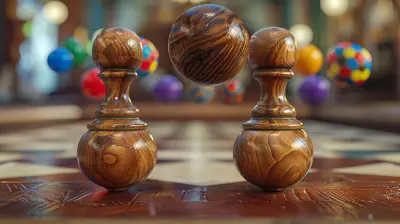Understanding Alignment Systems in RPGs: Morality and Decision-Making
4 May 2025
When it comes to role-playing games (RPGs), few topics are as oddly satisfying—and occasionally frustrating—as alignment systems. Whether you're playing Dungeons & Dragons (D&D), Pathfinder, or any other RPG that dares to tackle the messy business of morality and decision-making, alignment systems are a key ingredient in how the game shapes our characters' personalities and choices. But what exactly are these alignment systems? And why do they make players argue like it's Thanksgiving dinner with your most opinionated relatives?
Buckle up, adventurer! We're going to break down alignment systems in RPGs, sprinkle in a touch of humor, and, hopefully, help you understand why they're such a big deal for your in-game decisions.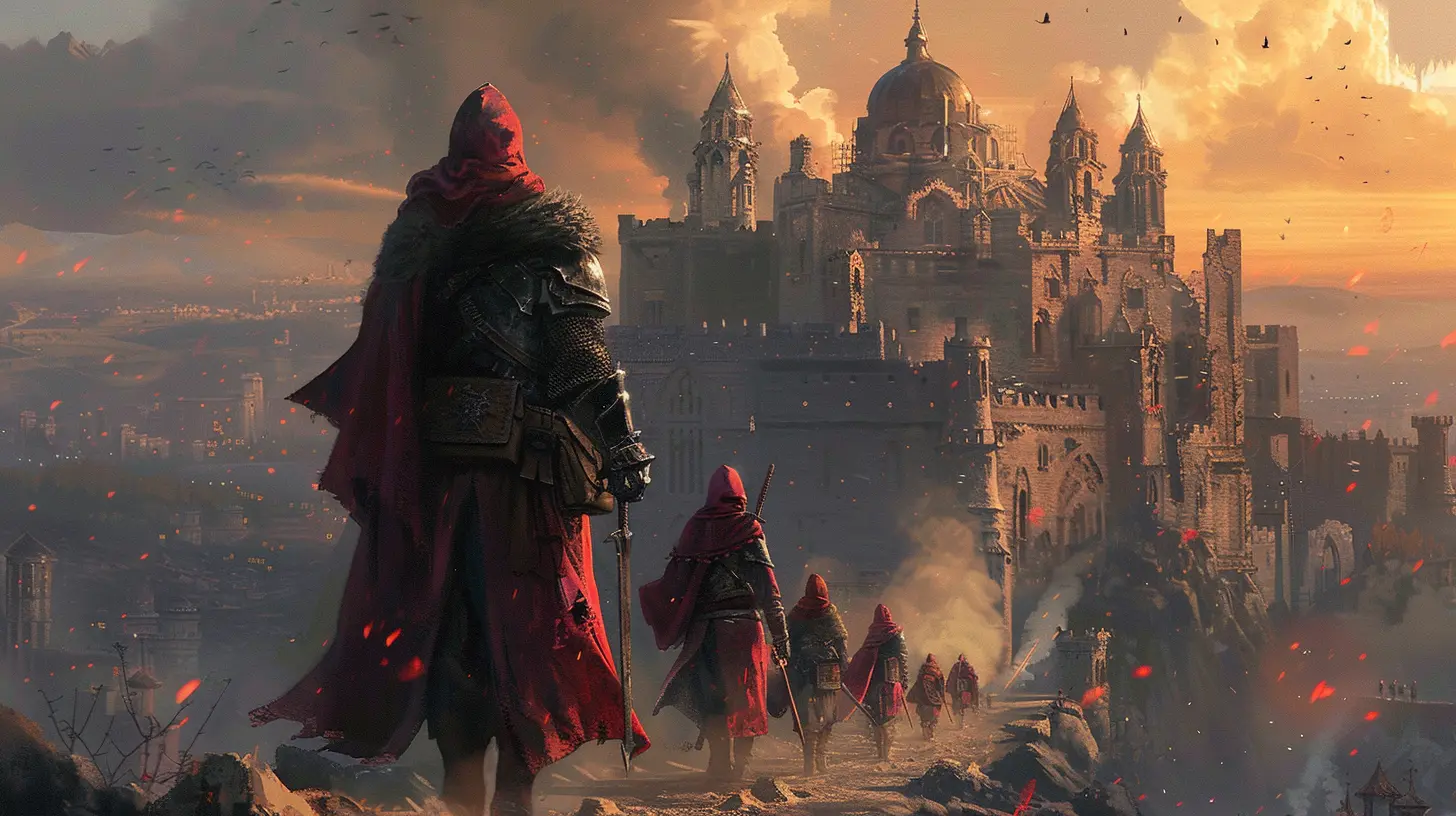
What Are Alignment Systems, Anyway?
Alright, let's start at square one. An alignment system is essentially a framework that describes your character’s morality and worldview—kind of like their ethical GPS. It's a tool that helps guide your decisions and interactions in the game world. Think of it as the personality test you take when you're really bored (but this one actually matters because dragons could eat you)!The most well-known alignment system shows up in D&D and follows a 3x3 grid. You’ve probably seen the memes: chaotic good vs. lawful evil, the neutral neutral anti-hero who somehow does nothing and everything at once. (Looking at you, indecisive wizards.)
The grid breaks down into two axes:
1. Law vs. Chaos: This measures how much your character values structure, rules, and order compared to personal freedom, spontaneity, and rebellion.
2. Good vs. Evil: Pretty self-explanatory. Are you a shining beacon of justice and kindness, or are you the reason puppies cry? No judgment. Well, maybe a little.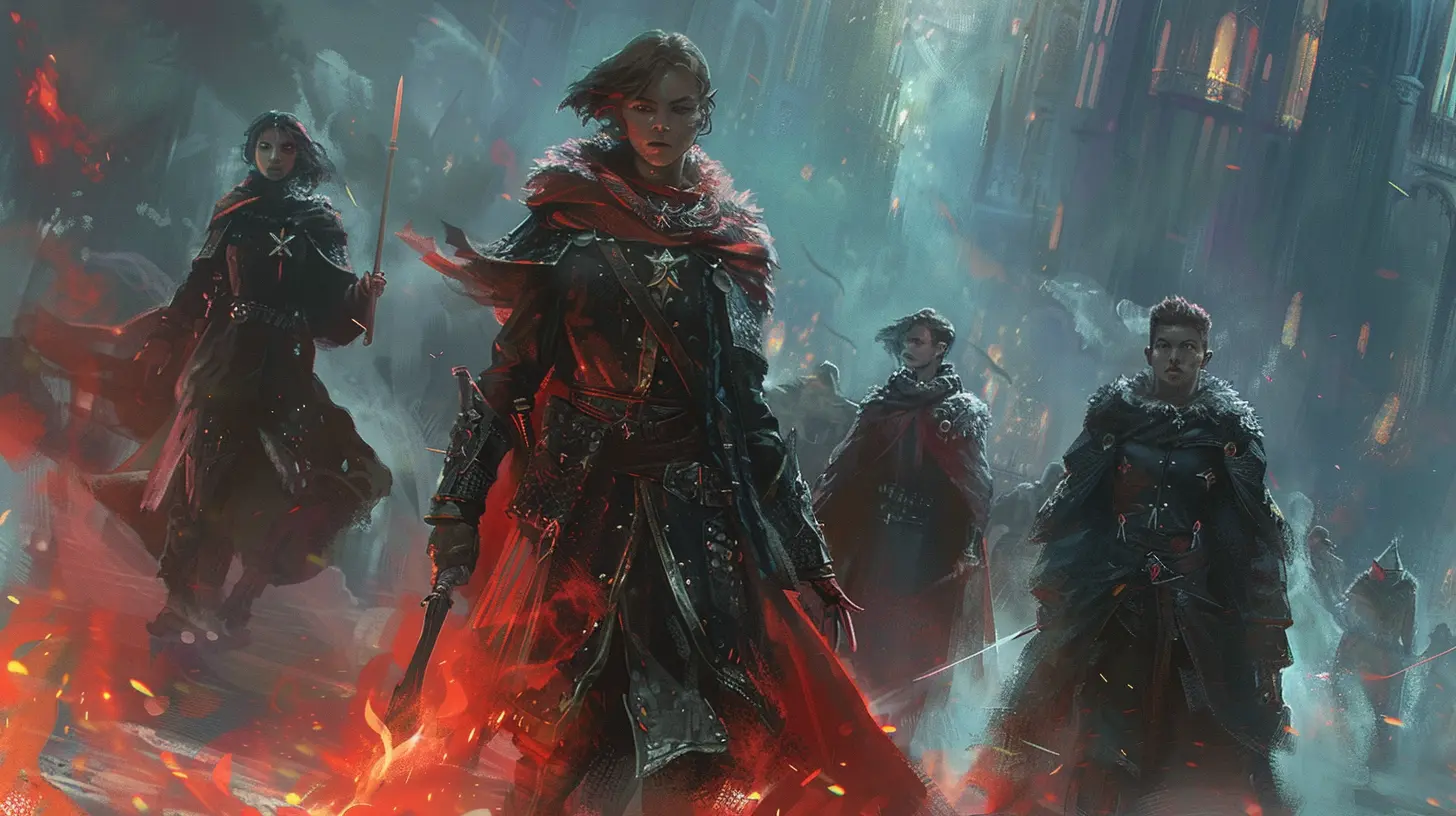
The Infamous Nine Alignments: Your RPG Horoscope
Here's a quick rundown of the nine alignments in D&D-style RPGs. Imagine you're scrolling through a dating app for adventurers and these are their profiles.1. Lawful Good (The Do-Gooder Paladin)
Think Captain America with a magical sword. Lawful good characters are all about following the rules and doing what’s morally right. They’re the ones rescuing kittens from trees and lecturing you about jaywalking.2. Neutral Good (The "Let's Just Help People" Friend)
Neutral good folks just want to make the world a better place. They don’t care much about laws or chaos; they’re just trying to do what's right. It's like that friend who volunteers at soup kitchens but also won't hesitate to bend a rule if it helps someone.3. Chaotic Good (The Rebel with a Cause)
Chaotic good characters are all about freedom and doing what's right—on their terms. Picture Robin Hood stealing from the rich to give to the poor. Or that rogue in your party who loots everything but gives half of it to orphans (because, you know, morals).4. Lawful Neutral (The Judge)
Lawful neutral types value order above all else. Good or evil doesn’t matter as much as maintaining the rules. They’re the bureaucrats of RPGs—efficient, impartial, and occasionally infuriating.5. True Neutral (The Switzerland of Alignments)
True neutral characters are... complicated? They don’t lean toward good or evil, law or chaos. They’re all about balance. Imagine a druid who’s equally happy planting trees and feeding carnivorous plants with obnoxious NPCs.6. Chaotic Neutral (The Wild Card)
Oh boy, chaotic neutral is fun. These characters are unpredictable, impulsive, and thrive on freedom. They might save a village one day and accidentally set it on fire the next because, hey, why not? They’re the human equivalent of a cat knocking items off a table.7. Lawful Evil (The Villain with a Code)
Lawful evil characters are like corporate CEOs in a world with swords and magic. They’ll lie, cheat, and manipulate... but they’ll do it all within the rules. Maybe they’re evil, but hey, at least they’re organized about it.8. Neutral Evil (The Selfish Schemer)
Neutral evil types are out for themselves. Period. They don’t care about laws or chaos, and they’re not interested in doing good unless it benefits them. Basically, they’re the kind of people who’d take the last slice of pizza and not feel bad about it.9. Chaotic Evil (The Burn-It-All Psycho)
The bad guy. The villain. The "oh no, why did the DM let them play this alignment?" Chaotic evil characters just want to watch the world burn—and they’ll probably light the match themselves.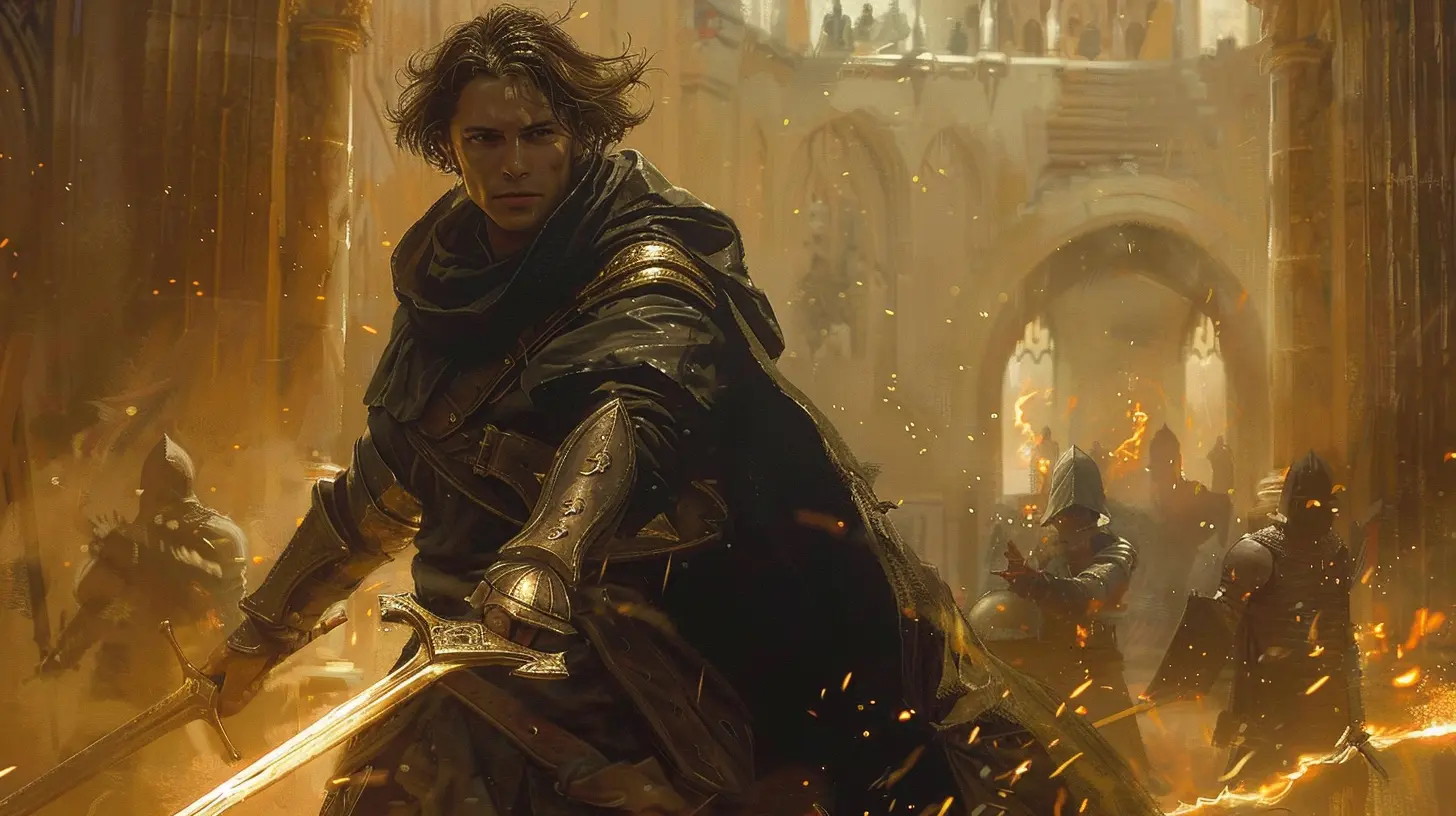
Why Do Alignment Systems Matter?
At this point, you might be wondering, "Why should I care about alignment? Can’t I just stab goblins and take their loot?" Sure, you can. But alignment adds depth to your character. It gives them a moral compass (or lack thereof) and influences how they interact with the world and other party members.Think of alignment as your character's lens for viewing the world. Are they someone who sticks to the rules no matter what, even when it’s inconvenient? Or are they a free spirit who follows their heart, law and order be damned? These questions make your RPG experience richer—and let’s face it, way more dramatic.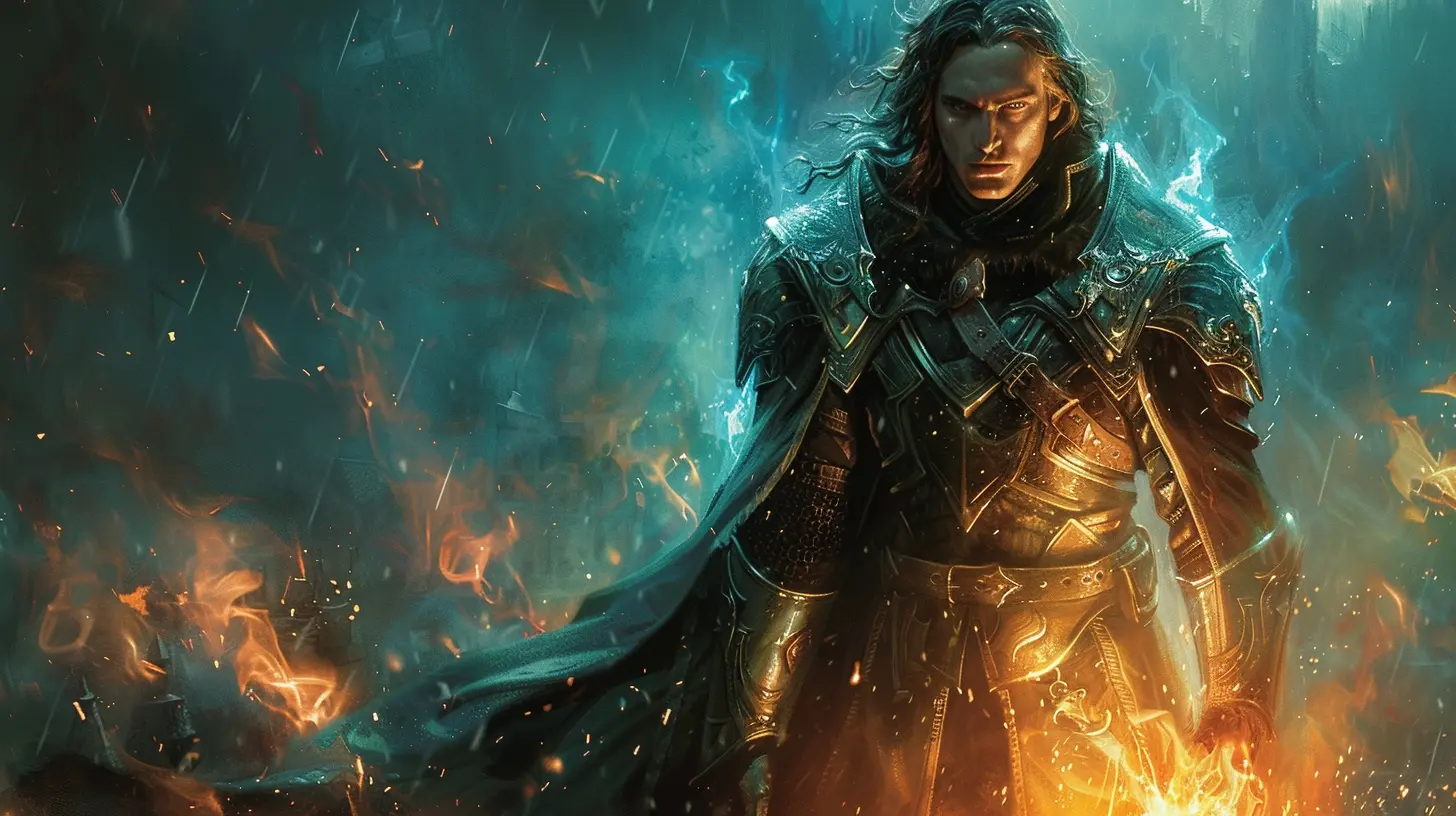
Alignment and Role-Playing: The Good, The Bad, and The Chaotic
Role-playing your alignment can be chef’s kiss amazing when done right. But let's call out the elephant in the room: it can also lead to some heated debates. ("My chaotic neutral barbarian WOULD totally steal the crown jewels and use them as marbles, Steve! Stop judging me!")Here are some things to keep in mind when role-playing alignments:
1. Don’t Be a Jerk: Playing an evil character doesn’t give you a free pass to ruin everyone’s fun. There’s a big difference between being a scheming rogue and being that guy who burns down the tavern just because. (We see you, chaotic evil players.)
2. Conflict Can Be Good—In Moderation: Party dynamics can get spicy when alignments clash. A lawful good paladin traveling with a chaotic neutral rogue is basically a sitcom waiting to happen. Just make sure the drama stays in-game and doesn’t spill into real life.
3. Alignments Aren't Set in Stone: Characters evolve. They can shift alignments over time based on their actions. Maybe your lawful good cleric gets disillusioned and slides into neutral territory. Or your chaotic neutral rogue has a moment of clarity and goes full chaotic good. Let your character grow!
Are Alignment Systems Perfect? Nope.
As much as I love alignment systems, they’re not without their flaws. Sometimes, they can feel too rigid, like trying to shove your character into a box that doesn’t quite fit. People (and, by extension, characters) are more complex than a nine-point grid, right?Also, debates over alignment rules can turn game sessions into philosophy class. "Is it lawful evil to kill an innocent NPC if it’s for the greater good? What if I was following orders? Isn’t that lawful?" Before you know it, the group chat is 200 messages deep, and you still haven’t fought that dragon.
Homebrewing Morality Systems: Customize, Baby!
If you find traditional alignments too limiting, some RPG groups homebrew their own morality systems. Maybe instead of aligning with good or evil, characters follow personal codes or philosophies. For example, your rogue might live by a "protect the underdog but always get paid" mantra. Your barbarian might follow a "respect strength but pity the weak” creed. It’s all about finding what works for your group.Why It’s Okay to Bend the Rules (Just a Little)
At the end of the day, alignment systems are just guidelines. They’re not meant to handcuff your creativity or trap you in endless moral debates. Use them as a tool to enrich your character’s story, not as a straitjacket that stifles fun. If your true neutral druid decides to go full chaotic for a session because they’re having an existential crisis, roll with it! RPGs are about storytelling, not rule-policing.Final Thoughts: What’s Your Alignment?
Alignment systems in RPGs are like the seasoning in a good stew. They’re not the main event, but they add flavor, complexity, and spice. Whether you’re a stickler for following the rules or a chaotic gremlin who interprets "guidelines" as "suggestions," there’s a place for everyone in the world of alignments.So, what’s your alignment? Are you the lawful good hero who always does the right thing, or the chaotic neutral rogue who keeps everyone guessing? Either way, just make sure you’re having fun—because at the end of the day, that’s what RPGs are all about.
all images in this post were generated using AI tools
Category:
Role Playing GamesAuthor:

Whitman Adams
Discussion
rate this article
6 comments
Nina McClure
Exploring alignment systems adds depth to RPGs, enriching our choices and moral dilemmas. Each decision shapes our journey, reminding us that every path can lead to growth, friendship, and unforgettable adventures. Embrace the complexity!
May 14, 2025 at 4:00 PM

Whitman Adams
Thank you for your insightful comment! I completely agree—alignment systems truly enhance the storytelling and moral complexity in RPGs, making each choice impactful and memorable.
Jillian Malone
Great insights on alignment systems! Understanding morality in RPGs enhances decision-making and character development. It’s fascinating how player choices shape narratives within the game's ethical framework. Keep up the good work!
May 13, 2025 at 4:14 AM

Whitman Adams
Thank you for your thoughtful comment! I'm glad you found the insights on alignment systems and their impact on character development and narratives interesting. Your support is greatly appreciated!
Linnea McClendon
Alignment systems often reveal more than just morality; they expose the player's true self. What choices will you make when the line between good and evil blurs? Discover how decisions shape not just characters, but your own journey.
May 12, 2025 at 4:27 PM

Whitman Adams
Thank you for your insightful comment! Indeed, alignment systems provide a unique lens into both character development and personal reflection, challenging players to navigate complex moral landscapes.
Faelith Bryant
Alignment systems: where you can be a heroic paladin or a chaotic squirrel. Who knew morality had so many flavor options?
May 10, 2025 at 4:46 AM

Whitman Adams
Absolutely! The diversity in alignment systems adds depth to character creation and decision-making, allowing players to explore a wide range of moral choices and personal motivations.
Zinna Gilbert
Understanding alignment systems in RPGs is crucial for enriching player experiences. They provide a framework for moral decision-making and character development, influencing narrative outcomes and enhancing engagement in the game's world.
May 9, 2025 at 5:00 AM

Whitman Adams
Thank you for your insightful comment! I completely agree that alignment systems play a vital role in shaping player experiences and narratives in RPGs. They not only guide moral choices but also deepen character development and engagement.
Kova Wyatt
Alignment systems enrich player choices but may oversimplify morality.
May 6, 2025 at 3:05 AM

Whitman Adams
Thank you for your insightful comment! While alignment systems can streamline decision-making, they also risk reducing complex moral dilemmas to simplistic categories. Balancing clarity and depth in player choices is key to enhancing the role-playing experience.
